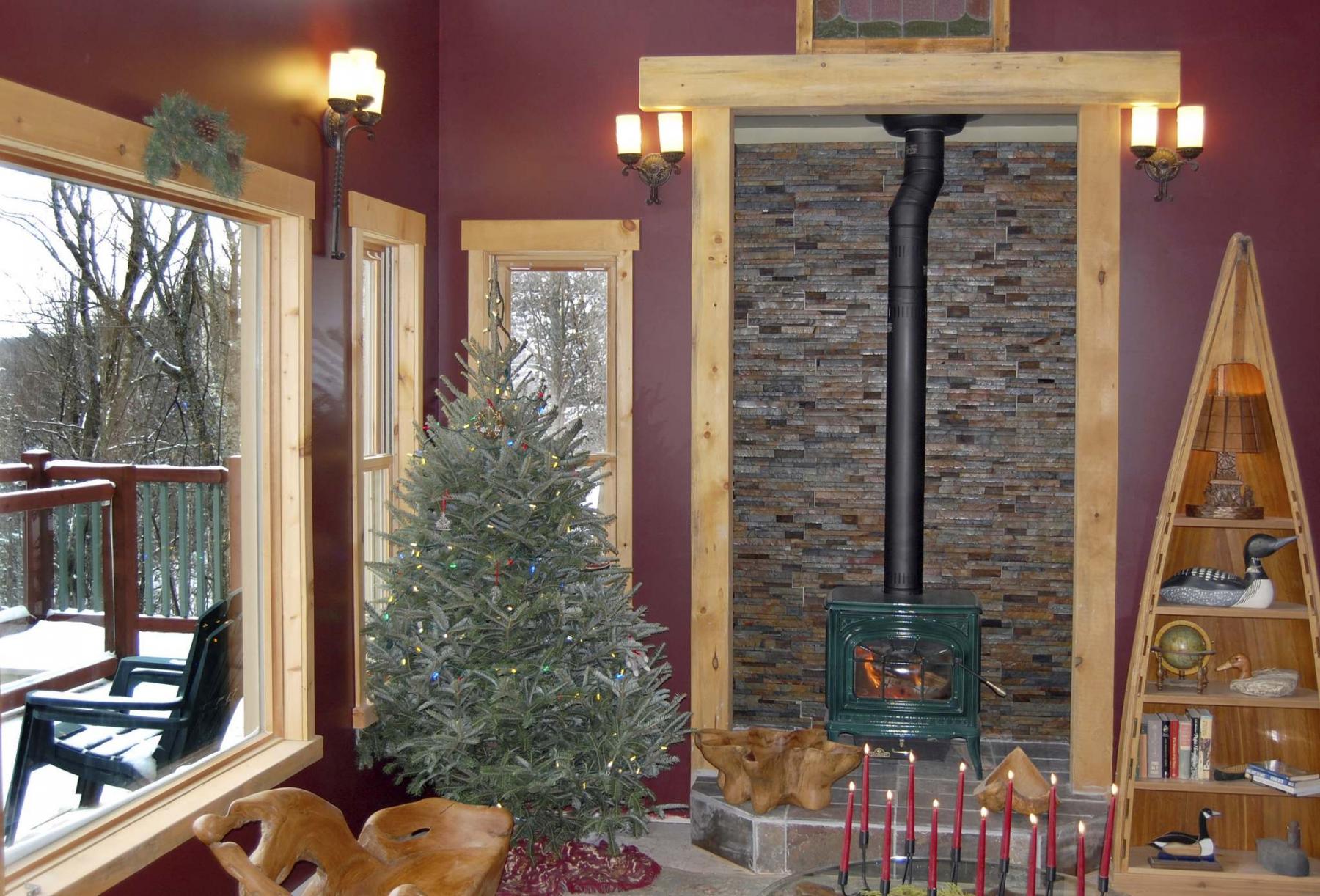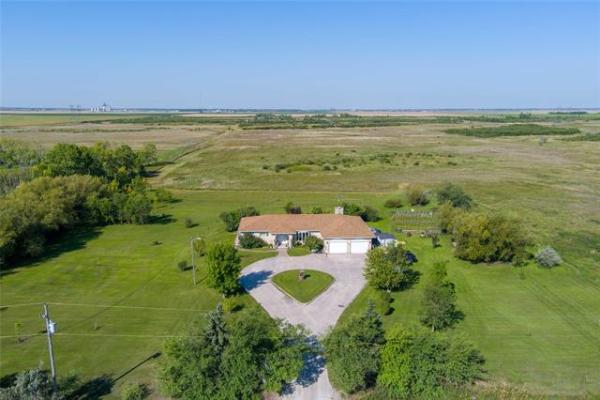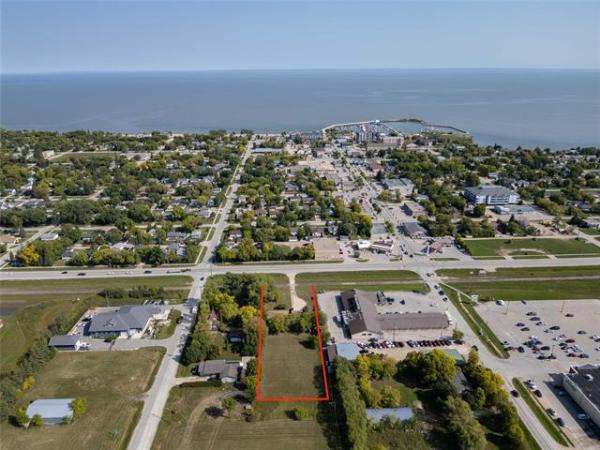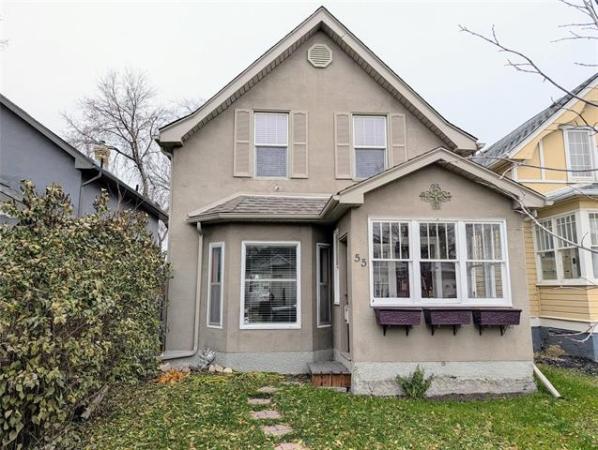Question: My neighbour is installing a new high-efficiency wood stove in his home, and I have a question about the required chimney height above the roof line. We live in the West End, our houses are only six to seven feet apart, and I am concerned about smoke being properly ventilated. His chimney is coming up the south side of his house, at the lower end of his two and a half story roofline. My two and a half story house, to the south of him, is several feet higher. I am concerned that the wind from the north or west may negatively affect air quality in my home, if his chimney is not sufficiently high enough above the roof line. Are my concerns valid? Do you have any recommendations in this circumstance? — Matt H.
Answer: Your concerns with smoke-related issues for your home are certainly valid and will depend on the frequency of use of the new wood stove and the configuration of the upper portion of your home. Regardless, the building codes and fire codes are very specific on requirements for any wood burning appliances, and as long as the chimney is being installed by WETT certified technicians it should be done properly.
Installation of any wood-burning appliance in your neighbour’s home must be done in accordance with applicable codes. A polite inquiry in regards to the credentials of the installers, and the presence of a building permit, should ensure this is done. Any company installing this type of heating source in a building must have WETT certified technicians completing the work. They will be trained on all compliance issues with the wood stove and should ensure the chimney meets or exceeds the minimum guidelines. This will include proper height of the top of the chimney above the roof and any adjacent roofs or buildings.
If you want a rough guideline, there is a rule of thumb that is often used to ensure proper chimney height. The top of the chimney should be at least two feet higher than any surface within ten feet horizontally. Due to the proximity of your two houses, this could be an issue if you have a wall or dormer extending above the neighbour’s roofline. If your upper roof is pitched at the side adjacent to the new chimney there should be little chance this rule is violated. In that situation, it is also doubtful that there will be a window on that side of your upper floor that would easily allow smoke to enter the living space. If you do have operable windows on the upper floor, which is typical in this style of home, that is where my concern would lie. Since the wood stove would likely be used mostly during the winter these windows should be shut, but if it is used in moderate weather, you may have to close all these windows to ensure no unwanted smoke intrusion occurs.
As far as the overall indoor air quality of your home, it should not be negatively affected if a few items are addressed. Hopefully, your neighbour will be responsible and primarily burn dry, seasoned hardwood in the new heating appliance. Using softwood or scrap lumber may alter the efficiency and relative clean-burning of the wood stove. Because those burn at a lower temperature than hardwood, the combustion may not be as complete and there is more chance of creosote buildup in the chimney. This may also allow more soot to escape into the air, raising the chance of particles entering your home. If the new fireplace is a pellet stove, there should be even less chance of this happening.
Regular chimney inspection and cleaning should also be done by your neighbour and if you see vehicles with WETT logos parked on a fairly regular basis, that will be an encouraging sign. This is more important for fire safety protection than it is for smoke issues, but should protect against both issues. As with most home systems, good maintenance and cleaning will ensure they operate as efficiently as possible. So, if you do start to notice excessive soot or smoke accumulation in the air, on the roofing or walls, or smell it inside your home, you should suggest to the neighbour that servicing may be in order.
For more details on your rights, and the neighbour’s requirements, in relation to the new wood stove you should contact the City building division for more information. They will often have pamphlets, or online resources, that outline specifics in relation to code requirements for various common home upgrades. Otherwise, you could ask to speak to a building official who should be able to directly address these concerns. They may also be able to tell you whether the neighbour has obtained the proper building permits, and if inspections have been complete, after installation.
Whether you have dormers with opening windows on the north side of your upper floor and use of the woodstove in moderate weather may determine whether smoke particles enter your living space. Ensuring the chimney is installed at the proper height, and with the proper clearances, should be a given if done by WETT certified contractors.
Ari Marantz is the owner of Trained Eye Home Inspection Ltd. and the past president of the Canadian Association of Home & Property Inspectors — Manitoba (cahpi.mb.ca). Questions can be emailed to the address below. Ari can be reached at 204-291-5358 or check out his website at trainedeye.ca.
trainedeye@iname.com




